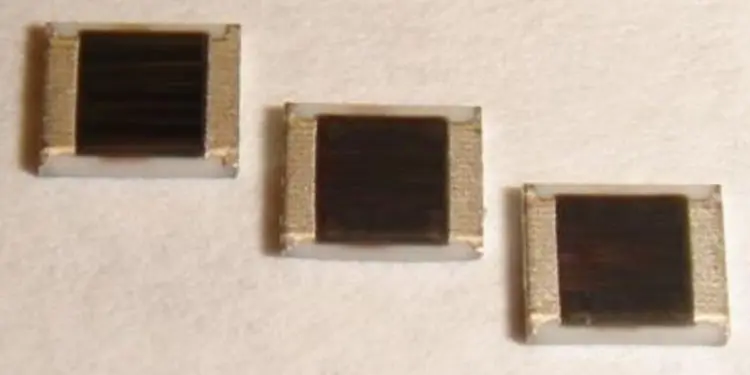Applications requiring power control and monitoring are becoming more demanding. Specifically, added functionality and higher power requirements require higher efficiency, high accuracy, and higher power handling. Stackpole’s five watt current sense chip resistor could be the solution.
Products that only required a one or two watt current sense resistor in the past may now desire a three, four, or five watt device. Resistor TCR of 200 or 300ppm may no longer be adequate.
Stackpole’s CSRF2817 foil on ceramic current sensing chip resistor offers a power rating of up to five watts and resistance values of five, six, eight, ten, 15, 20 and 33 milliohm. TCR for these values is 50 ppm and available tolerances are one and five percent.
Applications include a wide range of power supply types, motor controls, industrial controls, voltage regulators, and LED drivers. Pricing varies with tolerance, and resistance and ranges from $0.275 to $0.35.































